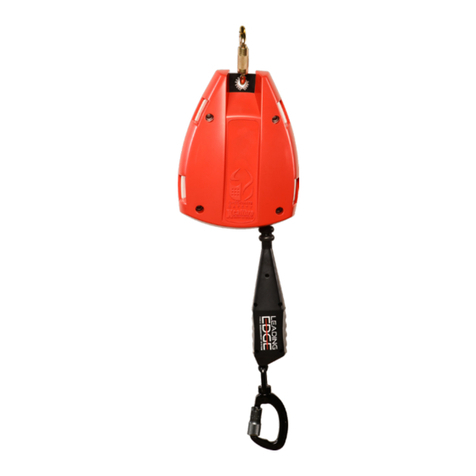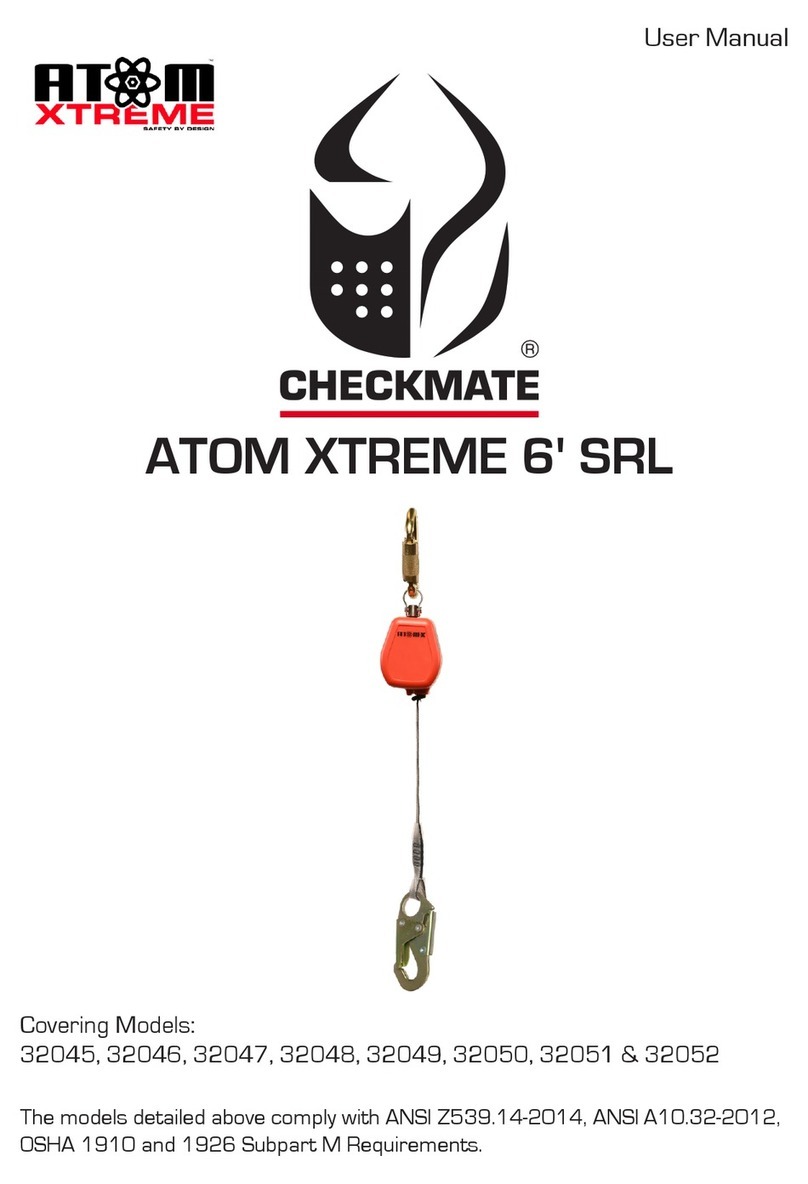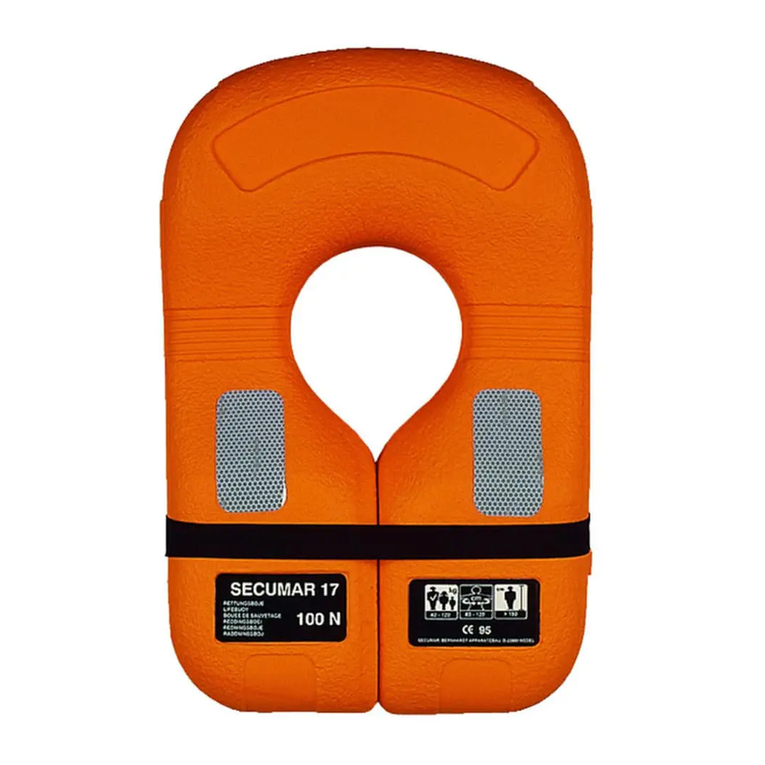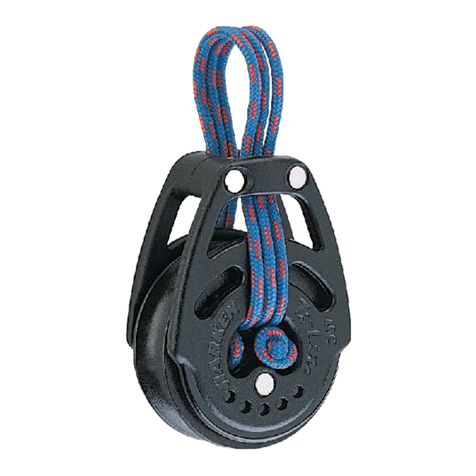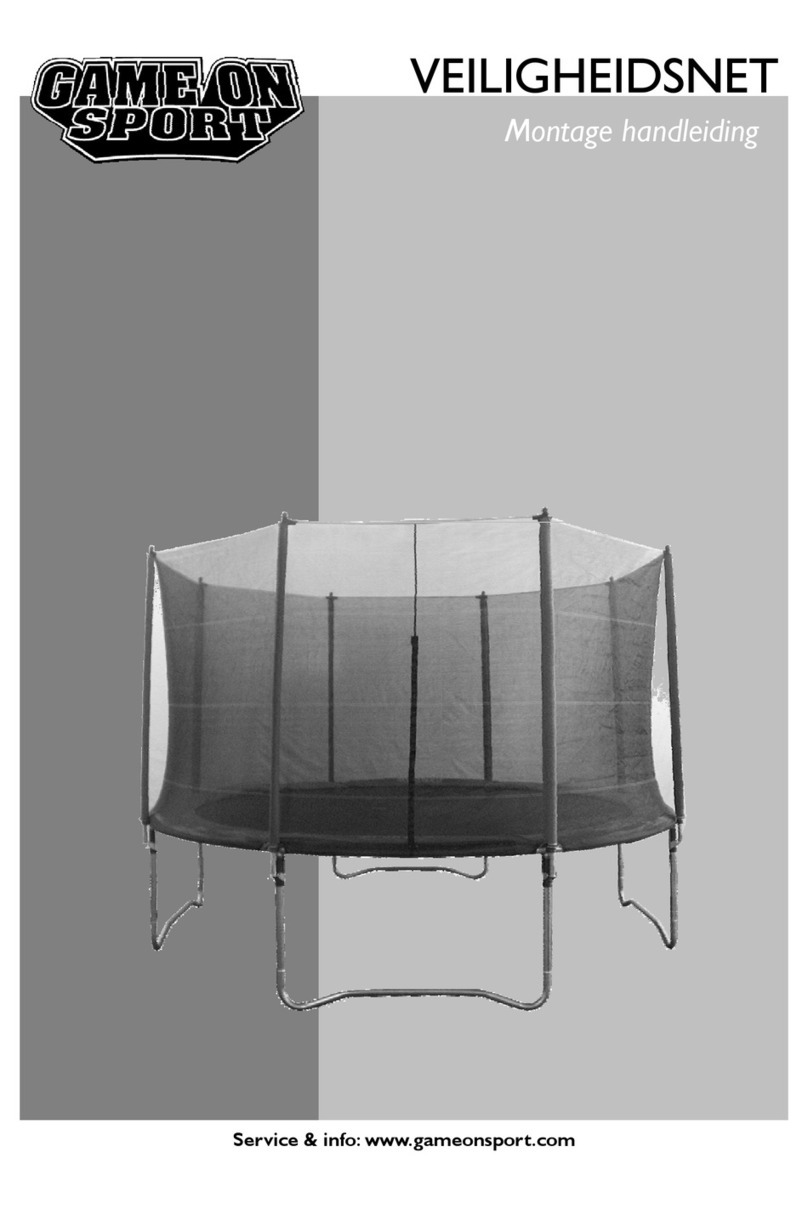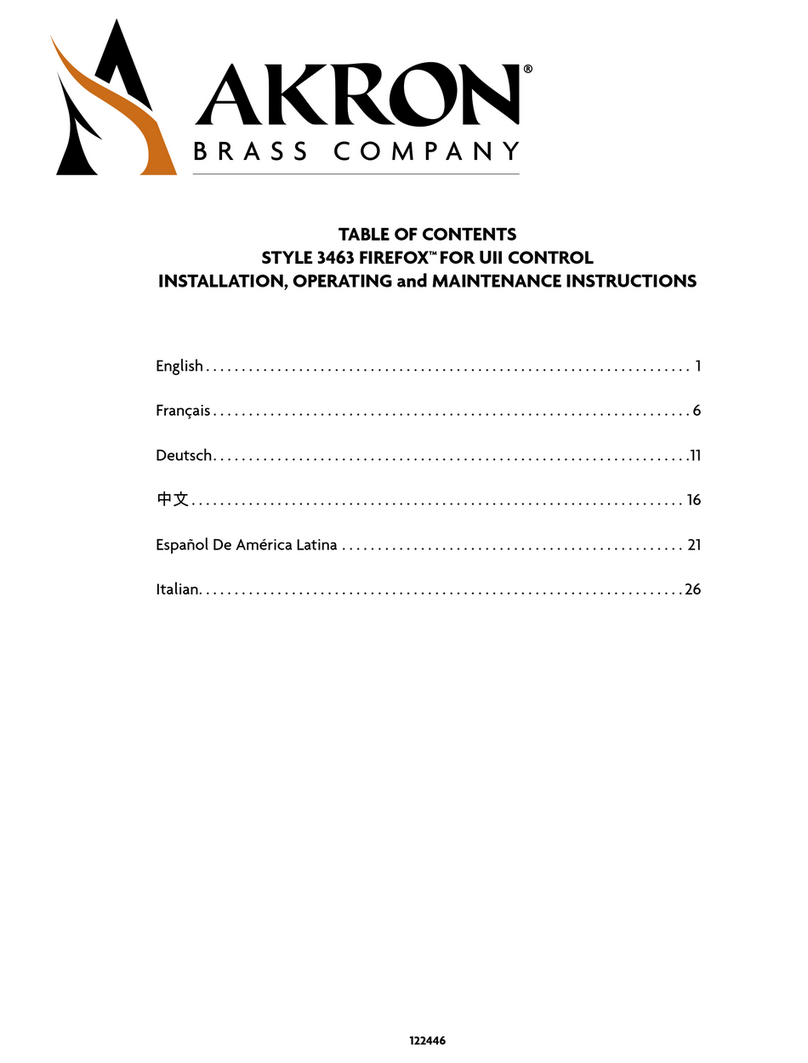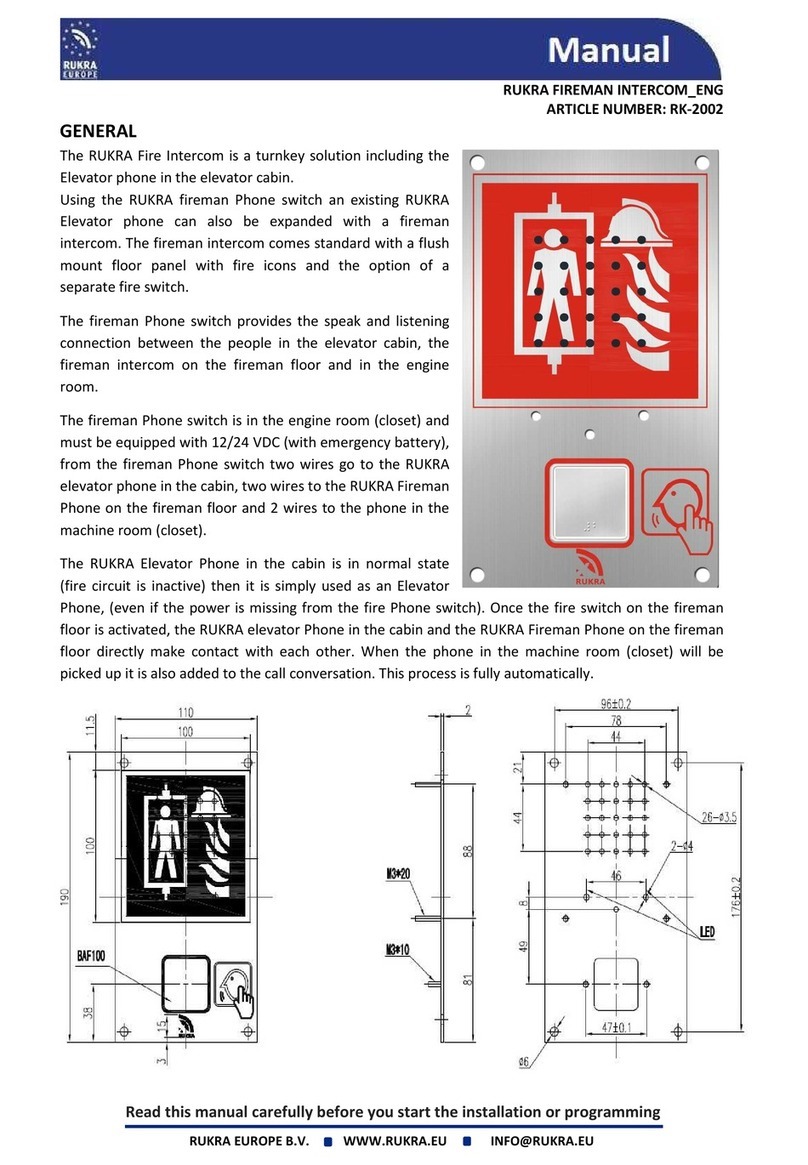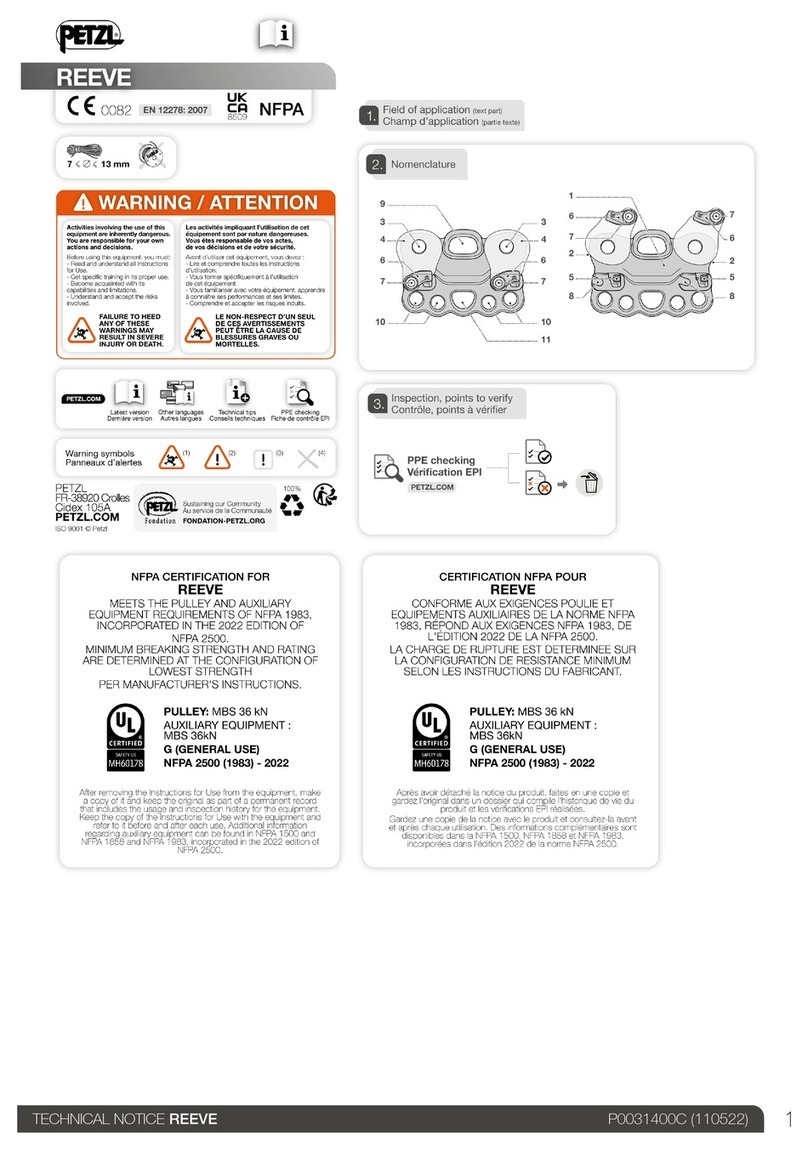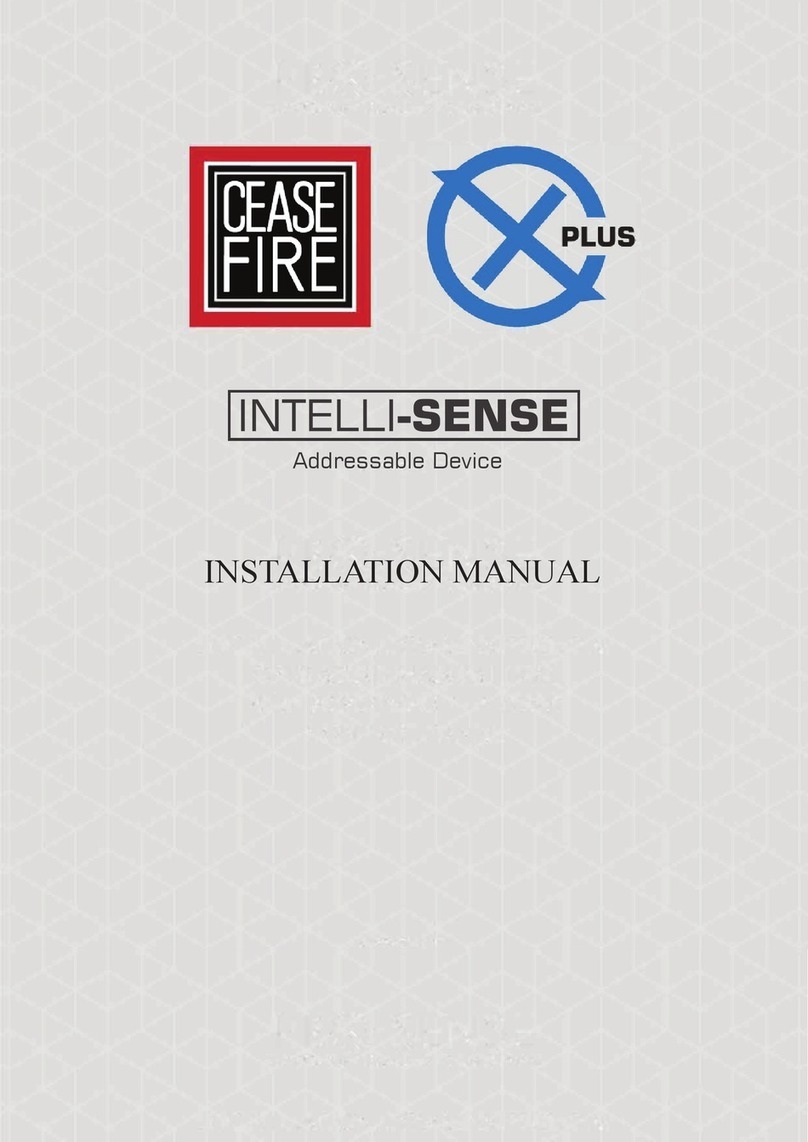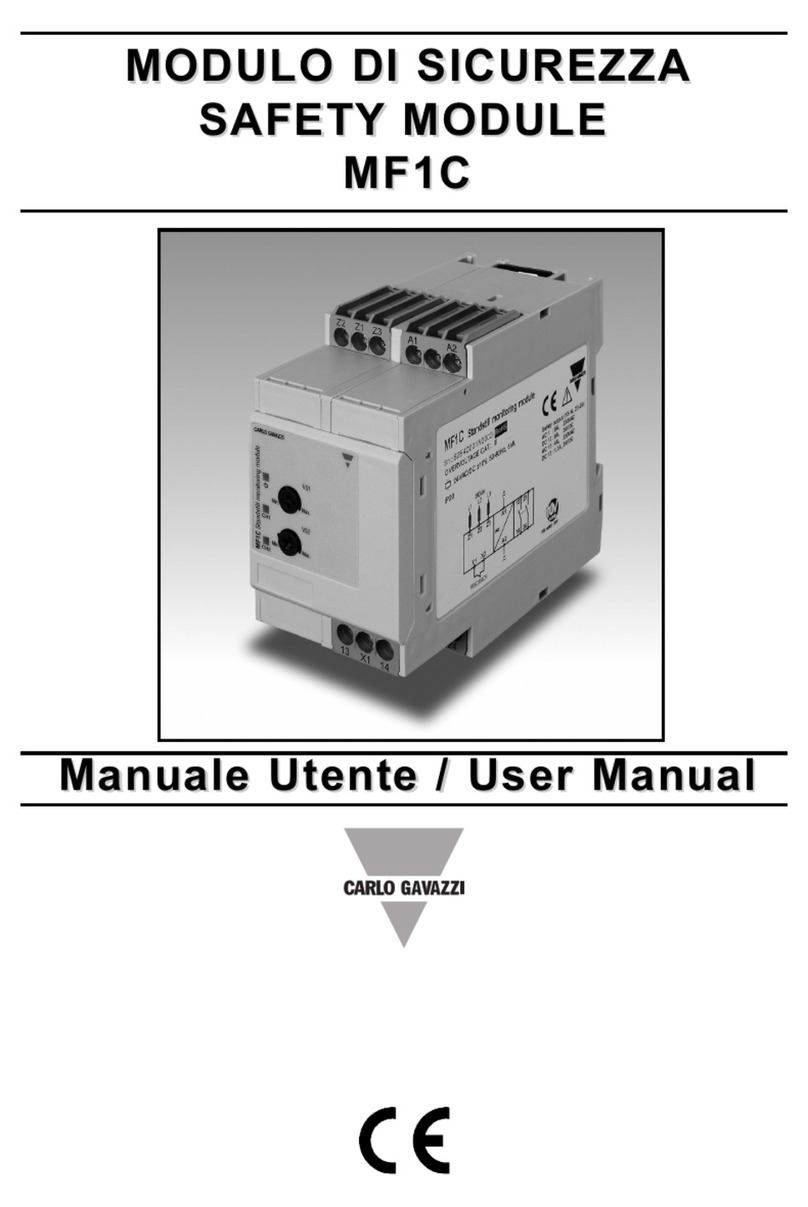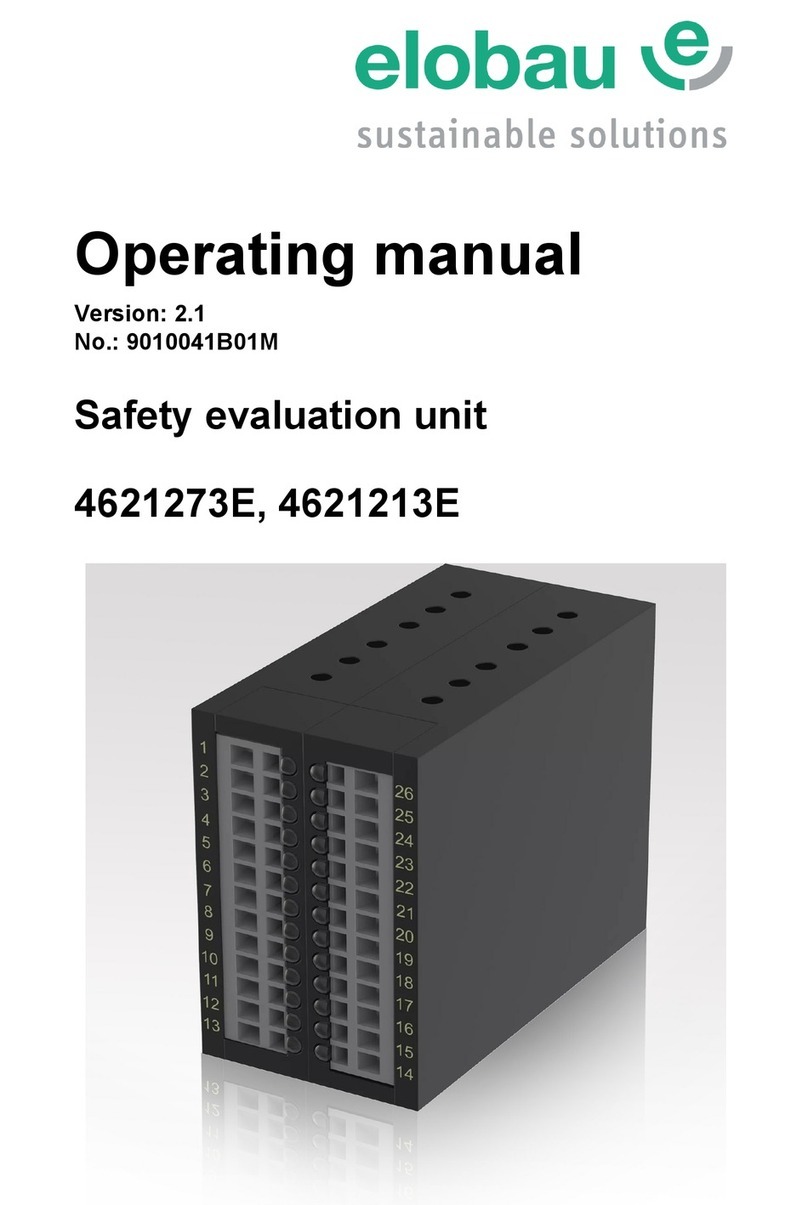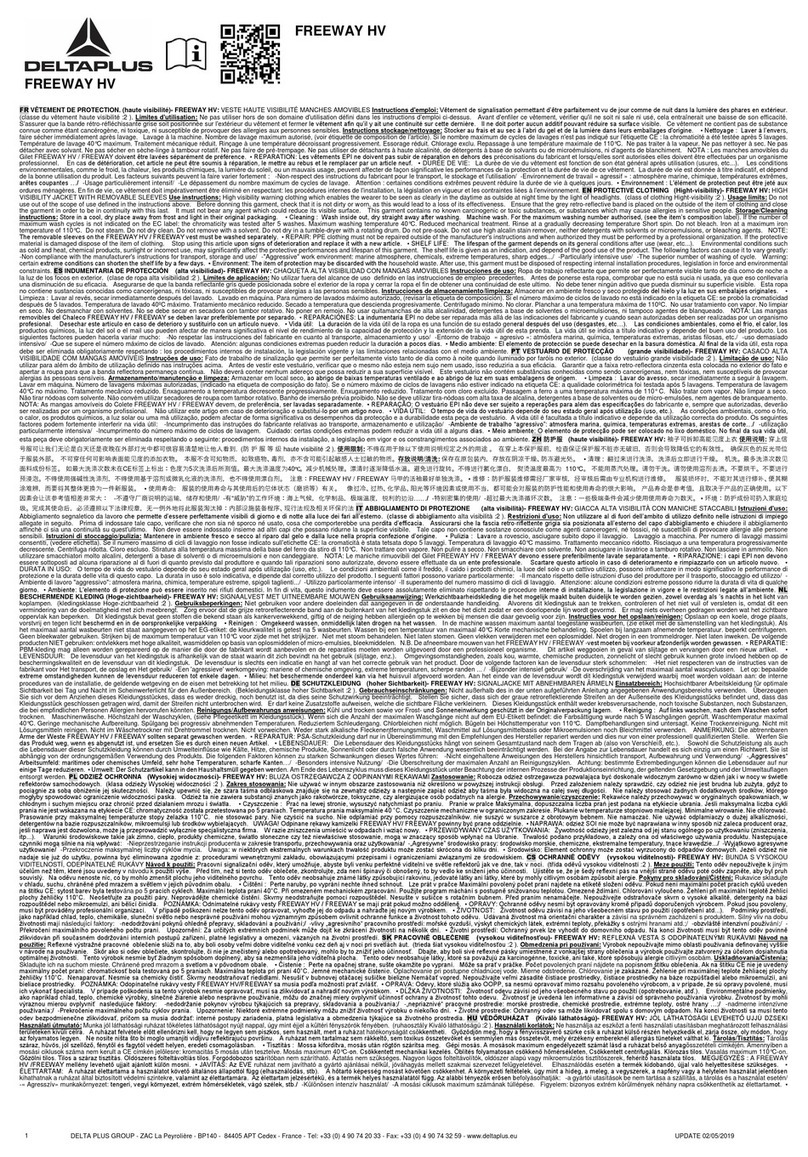Checkmate ecoAnch2or User manual

User Manual
®

User Manual
Page 2
Issue 3
ecoAnch
ecoAnch2
2or
or®
Index
Index
Page
Page
1.0 Introduction to ecoAnch2or®&
Scope of Use
2.0 Storage, Issue, Inspection *
Lifespan
3.0 Installation and System Setup
4.0 Anchorage, Compatibility &
Warnings !
5.0 Quality, Legislation & Exclusions
6.0 Record Card
3
4
5-7
8
9
10-11

User Manual
Page 3
Issue 3
ecoAnch
ecoAnch2
2or
or®
Section 1.0
Section 1.0
Checkmate Safety - Water Weight Anchor - ecoAnch
ecoAnch2
2or
or®
The Checkmate ecoAnch2or®has been designed for your safety when working
at height. The anchor is a totally unique concept in fall protection & uses
renewable resources for both manufacture & installation.
The ecoAnch2or®is compatible with a large variety of roof surfaces including
composite & mineral felts. It has been independently tested & exceeds the
EN795 Class E standard & even works on roof pitches to 15 degrees.
For a full list of approved surfaces & roof angles please see ecoAnch2or®
supplement available on request from Checkmate.
The anchor is safe to use on wet surfaces but NOT shiny or slippery surfaces.
When collapsed the ecoAnchor weighs just 8Kg & fits into to a small holdall for
easy installation.
Introduction to the
Introduction to the
ecoAnch
ecoAnch2
2or
or®
&
&
Scope of Use
Scope of Use
Principal Features
Material
Neoprene Coated Fabric
Dimensions
1.45m x 1.45m x 0.2m
Weights
Empty = 8kg, Full = 430kg
Pressure Loading
2.7kN/square metre
Puncture Resisitance
Meets FED STD 191 Pt.1520
>700N

User Manual
Page 4
Issue 3
ecoAnch
ecoAnch2
2or
or®
Section 2.0
Section 2.0
Storage in a central protected location allows assurance of inspection on issue and return.
This device should be stored in a clean dry place where it can be protected from damage by chemical attack and
sharp objects . It should be stored with its instructions and record card at all times.
Return the device back to it’s original holdall for storage & transportation.
After use return to the store, Never leave the device lying around site.
This and associated equipment must be visually inspected by a competent person when initially delivered to site,
there after the product must be inspected before and after use. A record card is printed on the page 10 of this
manual and should be completed when first put into service, and updated after each routine inspection. Follow the
points laid down in the section headed “Inspection” without deviation.
The supervisor must ensure that the equipment is being used correctly and that the user is aware of its safe use
and inspection.
Inspect the device for damage or leakage.
Inspect the attachment point for signs of wear or damage.
If in doubt quarantine and remove from service.
Check the user instructions are clear & legible.
To clean the anchor, a mild detergent can be used with warm or cold water & left to dry naturally before storing.
Ensure that device certification is current before use, the device must have been serviced within the
last 12 months and 6 months if used in corrosive or off-shore environments.
If for any reason the inspection of this device shows signs for concern or doubt then the device must be
quarantined and removed from service immediately. Qualification should be sought from the supervisor and if still
concerned the device must be sent to the supplier, an approved service agent or the manufacturer for service and
re-calibration.
This device must only be serviced by a trained and competent individual,
Never attempt to service this unit or tamper with its function in any way.
The ecoAnch2or®has an expected life or at least five years exposed, and significantly longer wrapped up and
stored correctly in the bag. The lifespan is dependant upon regular and correct inspection, but is estimated to be
a minimum of five years from when it was first put into service.
Storage, Issue & Inspection
Storage, Issue & Inspection
Storage
Inspection
Issue
Lifespan

User Manual
Page 5
Issue 3
ecoAnch
ecoAnch2
2or
or®
Section 3.0
Section 3.0
Before Use
Only ONE person may be attached to the anchor at any time.
Minimum ground clearance 3.5 metres.
Minimum distance from edge 2.5 metres.
The anchor MUST NOT be used in the following conditions:
Where there is a risk of frost or in freezing conditions
Where there is contamination of the roof surface and/or anchor by oil, grease or other
lubricants, or by algae.
The anchor is approved for use ONLY on the following surfaces at a maximum pitch of 5 degrees
(1 in 11) within the scope of the PPE directive EN795 Class E.
Concrete
Tarmac
Felt & mineral
EPDM membrane
Felt & chippings (loose chippings must be removed)
For a full list of approved surfaces & roof angles please see “ecoAnch2or®
supplement” available on request from Checkmate.
Before use ensure that the surface you are working on is capable of supporting the weight
of the anchor. The weight of the anchor when full is 430kg with a distributed load of 273kg
per square metre.
Inspect the anchor for signs of damage or leakage. Inspect the attachment point for signs of wear
or damage. Do not use the anchor if either the bag or attachment point show signs of damage.
If the anchor is used on a roof surface of felt & chippings, loose chippings must be removed from
the area where the anchor is to be positioned (e.g. by sweeping with a stiff brush) before
deployment of the anchor.
Installation & System Setup
Installation & System Setup

User Manual
Page 6
Issue 3
ecoAnch
ecoAnch2
2or
or®
Section 3.1
Section 3.1
1. Remove from carry bag, unfold & position the
anchor so as to maximize the contact area
between the base of the anchor & the roof.
2. Avoid areas where there are projections, e.g.
bolts, ridges etc. Do not position the anchor in
areas where water accumulates.
3. The anchor must be positioned as indicated
on the label with the vent at the highest corner &
the drain at the lowest point. The vent allows air
to escape & prevents the over-pressurising.
Incorrect positioning can result in trapped air &
underfilling, making the anchor unsafe.
4. The anchor is filled with cold water by simply
fitting a hose with an outside diameter of 16mm
to 20mm into the filler spout with the rubber
bung removed. Filling is complete when water
begins to flow from the diagonally opposite vent
valve.
To detach the hose, squeeze the spout, remove
the hose & replace the bung.
The anchor should now be completely full of
water, any air that can be felt in the bag can be
exhausted through the vent.
Installation & System Setup
Installation & System Setup

User Manual
Page 7
Issue 3
ecoAnch
ecoAnch2
2or
or®
Section 3.2
Section 3.2
Installation & System Setup
Installation & System Setup
Daily Checks
5. If the anchor is left filled and in position for more
than 24 hours, it must be inspected for each working
day for leakage by ensuring the material near the vent
is taut. If neccessary, refill the bag until water is seen
to come out of the vent.
After Use
6. Empty the bag by unscrewing the drain cap.
When almost empty, lift the the bag to remove the
remaining water.
7. If the external surface of the bag is wet leave to dry
before folding.
8. Fold twice as shown in photo, carefully expelling
any remaining air until relatively flat.
9. Roll lengthways until compressed into a small roll
and secure with fitted straps.
10. Stow anchor back into it’s holdall, it is now ready
for reuse.

User Manual
Page 8
Issue 3
ecoAnch
ecoAnch2
2or
or®
Section 4.0
Section 4.0
Installation
The Device must not be installed where the following
hazards may endanger the user or prevent the efficient operation
of the system.
The area below the device must be free of obstruction that will
prevent the free pay-out of lanyard or rope or may obstruct the
movement of the user.
The environment must be free of heavy solvents or acids that will
degrade the device.
Install the device so that it is away from the edge, so avoiding
swing hazards, minimum 2.5 metres.
Never install where there is a possibility of electric shock
hazards.
When installing ensure that you are not subjecting your self to
potential fall hazards, wear a full body harness and shock
absorbing lanyard, anchoring yourself whilst installing.
Use
Fall Protection
Follow the inspection routine laid down in this manual.
Do not use the device in situations where there is less than 3.5
metres of ground clearance.
Connect a lanyard from the anchor to the Rear Dorsal “D” ring of
a fall Protection Full Body Harness. Ensure that the hook of the
device is secure in the Harness “D” Ring and that the gate of the
hook is locked.
Never run or jump whilst attached to the anchor.
Compatibility
The anchor is suitable for fall arrest when used with a
Full Body Harness to EN361, such as the Checkmate
PBH range. Suitable lanyards for connection are Type
SAL, PAL and RL2.
This unit is not suitable for use in explosive
environments.
If in doubt contact your approved
Checkmate technical support for further
details.
Warnings!
Read and understand manufacturers instructions before
inspection, installation or use of this product.
Never use this product if you weigh more than 100kg
Only use approved equipment with this product.
If there are any points in this manual that you are unsure of
seek a competent, trained person to advise you before using.
Seek medical advice from a doctor before using this product if,
you have sustained a spinal injury, suffer from a neck or back
complaint, or you are taking prescription medication.
Never use if you are under the influence of alcohol or
recreational drugs.
Extra care should be taken if welding whilst using this product,
protect the anchor from splatter and heat at all times. Never use
this system unattended.
Never use this system unless you are supervised by a trained
and competent person.
Rescue Planning and Training
When using the ecoAnch2or®, users should
always make suitable provisions for rescue.
A full risk assessment should be carried out
to determine the most effective, safe and
quickest form of rescue.
For more information on specialist rescue
systems or training please contact the
Checkmate Safety technical team, where our
dedicated training division,
can offer a full range of training courses.
Anchorage, Compatibility &
Anchorage, Compatibility &
Warnings !
Warnings !

User Manual
Page 9
Issue 3
ecoAnch
ecoAnch2
2or
or®
Section 5.0
Section 5.0
5.1 Quality
All Checkmate products are
manufactured under ISO 9001:2000
and to the highest standards. The
scope of use within the certification
held allows Checkmate to design,
manufacture and test Personal
Protection Equipment.
Horizontal tensile test machine,
abrasion testers and dynamic drop
test rig are just part of the full range of
test facilities used to ensure ultimate
safety of our product range.
All Checkmate systems must only be
installed by Checkmate personnel or
an approved installer. Strict training is
given and written exams are
completed before full certification can
be given to installers.
5.2 Legislation and Standards
The ecoAnchor has been designed to
meet BS EN 795 Class E
For clarification on any certification
issues contact Checkmate or SGS UK.
5.3 Exclusions
Checkmate holds global product
liability cover for your safety.
Checkmate will NOT however be
responsible for;
a) users who are out of the scope of
any written manuals of training given.
b) any systems that have NOT been
inspected under the current
legislation.
c) operators who do not use load
limiting devices.
d) devices that have been damaged.
e) when the Max weight in Kg has
been exceeded.
f) devices that have NO serial number
markings, and the manufacturers
name is not present.
Quality,Legislation &
Quality,Legislation &
Exclusions
Exclusions

User Manual
Page 10
Issue 3
ecoAnch
ecoAnch2
2or
or®
Section 6.0
Section 6.0
DATE:
DATE:
USER:
USER:
Record Card
Record Card
SERIAL NO:
SERIAL NO:
PRODUCT CODE:
PRODUCT CODE:
DATE
DATE CONDITION OF SYSTEM
CONDITION OF SYSTEM INSPECTED
INSPECTED
BY
BY

User Manual
Page 11
Issue 3
ecoAnch
ecoAnch2
2or
or®
Section 6.0
Section 6.0
Record Card (continued)
Record Card (continued)
DATE
DATE CONDITION OF SYSTEM
CONDITION OF SYSTEM INSPECTED BY
INSPECTED BY

Approved service company:
Checkmate Lifting & Safety LLP, Sheerness, Kent. England. ME12 1PZ, UK
Tel: +44 (0)1795 580333 Fax: +44 (0)1795 668280
[email protected] www.checkmateuk.com
Table of contents
Other Checkmate Safety Equipment manuals
